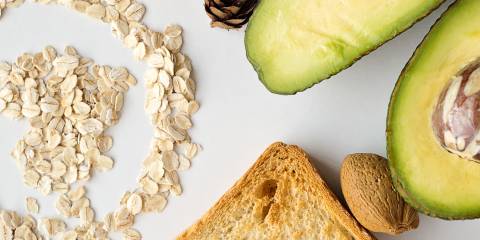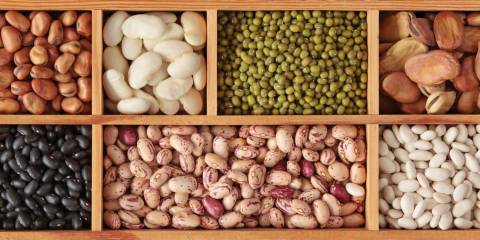Perhaps the greatest contributor to metabolic syndrome and ultimately Type 2 diabetes is weight.
Multiple studies have made the correlation between excess weight and poor sugar metabolism. If you’re carrying too many pounds, do everything you can, within healthy guidelines, to take them off.
The age-old approach may be the best: Increase activity and emphasize a healthy diet.
The Role of the Glycemic Index
Being mindful of your food intake goes beyond counting calories. For people with concerns about diabetes, metabolic syndrome, or weight, it’s critical to emphasize low-sugar foods that are low on the glycemic index.
The glycemic index measures the amount of time specific foods take to break down into glucose. The faster they’re metabolized, the quicker blood sugar ticks up—something you want to avoid.
Find foods that are low on the glycemic index scale and won’t cause blood sugar to spike and crash.
Good choices include high-fiber vegetables, whole grains and legumes, and many nuts. Avoid sugary cereals, high-sugar fruits, white enriched pastas or bread, and white potatoes, to name a few.
Many studies support this approach. When people eat a healthy diet and exercise regularly, they cut their risk of diabetes in half.
In my view, this is the smartest approach, as it requires no medication. And it’s important to recognize that exercise doesn’t mean running a marathon. Simply walking 30 minutes a day has been shown to provide remarkable improvements in metabolic, cardiovascular, and overall health.




